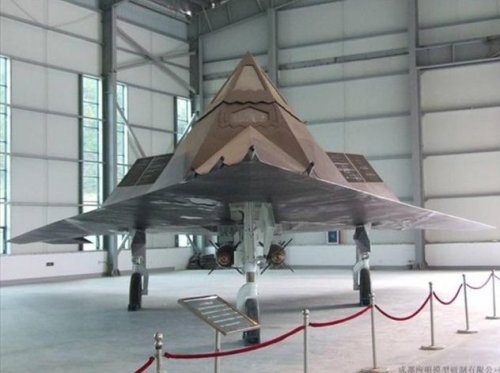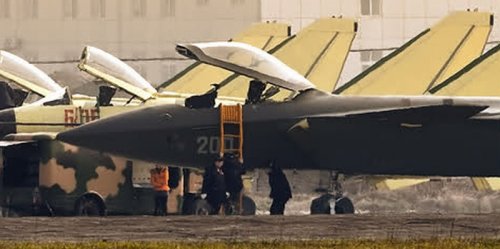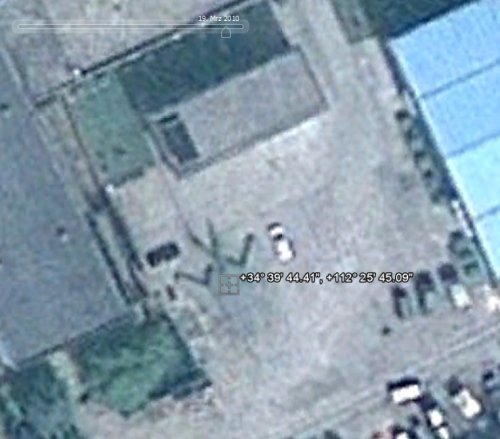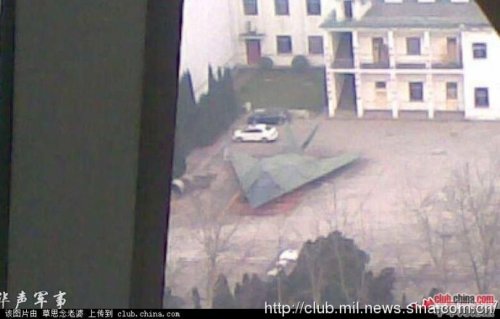quellish said:
shockonlip said:
If you look at the literature, quoting one reference,
"the two most practical ways to reduce RCS are shaping and absorption".
It is the same for everyone.
Radar detection range decreases with the fourth root of the radar cross section for a given frequency. This means that for an appreciable or militarily valuable decrease in detection range, the radar cross section has to be lowered a LOT (example: reducing RCS by half only gets you a 16% change in detection range). There are both practical and theoretical limits to what can be done with absorbers. While absorbers are certainly helpful, they are only one of many tools.
Hi.
If I was detectable at 10 miles. But because of a 50% RCS reduction,
I am now detectable at 8.5 miles, it could still be very useful to me
in certain scenarios, a few of which follow:
1. Say, before, at 10 miles, the enemy can react in time to defeat my attack,
but now at 8.5 miles, due to the hypersonic speed of my missile, or the
speed of light of my electromagnetic beam weapon, they can't
react in time, so a 50% RCS reduction has worked well for me.
2. I just need to avoid detection and before, they could detect me at 10 miles,
but now, I am invisible until 8.5 miles. So a 50% RCS reduction has helped
give me more room to maneuver and still avoid detection.
In other words, it depends on what I'm going for.
And by the way, I didn't say only absorption.





